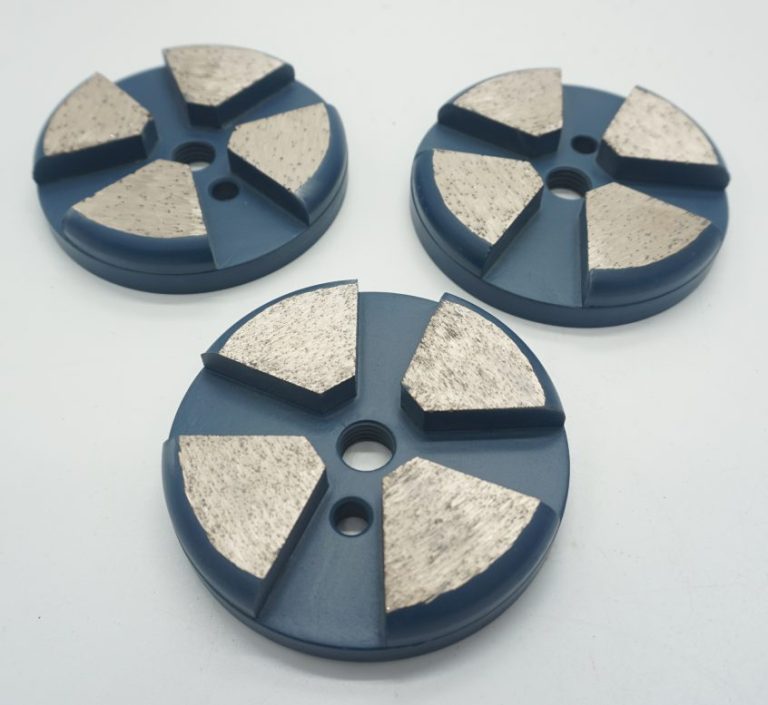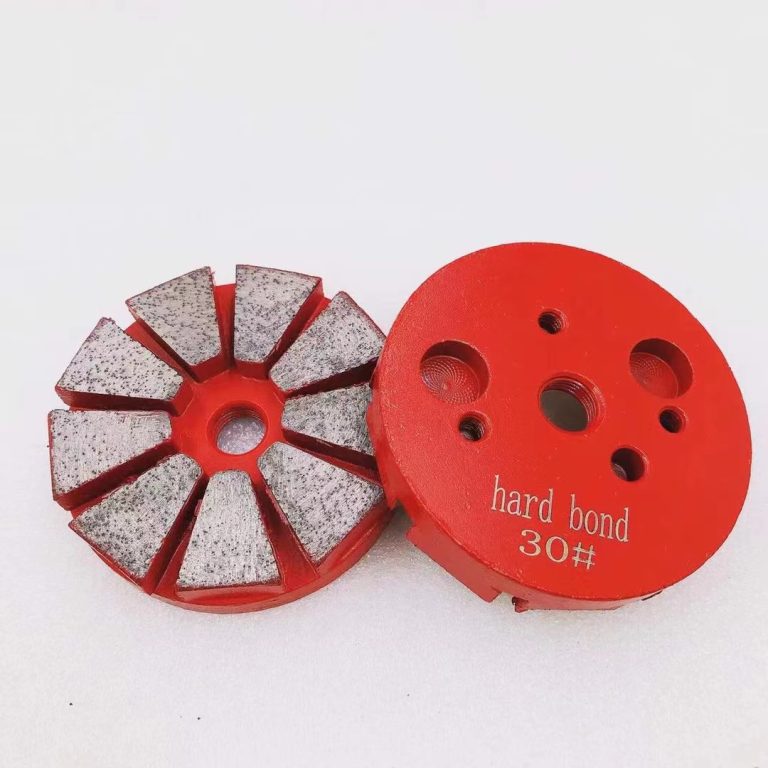Detailed Guide to Using Bridge Saw Blades
Using bridge saw blades requires careful preparation, proper operation, and regular maintenance to ensure efficient and safe cutting of stone or ceramic and similar hard materials. Here’s a detailed guide on how to work with them:
1. Preparation
Select the Right Blade: Choose a bridge saw blade that matches the thickness and type of the material you’ll be cutting. Consider factors such as blade diameter, core thickness, segment height, and arbor size. For example, larger diameter blades are suitable for cutting thicker slabs, while smaller blades can be used for more precise cuts on thinner materials.
Check the Cutting Equipment: Ensure that your cutting machine, such as a bridge saw, is in good working condition. Inspect the machine’s structure, motor, and control systems. Mount the bridge saw blade onto the machine correctly, making sure it is securely fastened to the arbor. Check that the blade is balanced; an unbalanced blade can cause vibrations during cutting, leading to uneven cuts and potential damage to the blade and machine.
Prepare the Work Area: Set up a clean and stable work area. Clear any debris or obstacles that could interfere with the cutting process. Ensure proper ventilation, especially if you’re using dry – cut blades, as they generate a significant amount of dust. If possible, use a dust collection system to minimize dust inhalation and keep the work area clean. Wear appropriate personal protective equipment (PPE), including safety glasses, ear protection, work gloves, and a dust mask.
2. Cutting Operation
Set the Cutting Parameters: Refer to the blade manufacturer’s guidelines to set the correct cutting speed and feed rate. The recommended rotational speed (rpm) and feed rate vary depending on the blade diameter and the thickness of the material. For instance, a 14 – inch blade cutting granite slabs might have a straight – cut speed of 2200 rpm at 4 – 7 feet per minute, and a miter – cut speed of 2200 rpm at 1 – 3 feet per minute for a 45 – degree cut. Incorrect settings can cause the blade to overheat, wear out quickly, or result in poor – quality cuts.
Mark the Material: Use a marking tool, such as a pencil or a marker, to clearly mark the cutting lines on the bridge saw material. Double – check the measurements to ensure accuracy.
Start the Cutting: Turn on the cutting machine and let the blade reach its operating speed before making contact with the material. Slowly lower the blade onto the marked line and start the cutting process. Keep the cutting motion steady and avoid applying excessive pressure, as this can cause the blade to bind or break. If you’re using a wet – cut blade, ensure that the water supply is adequate to cool the blade and flush away debris during cutting.
Monitor the Cutting Process: Continuously observe the cutting operation. Look for signs of blade wear, such as a dull edge or uneven cutting performance. Check for any unusual vibrations, noises, or smoke, which could indicate problems with the blade, machine, or cutting process. If you notice any issues, stop the cutting immediately and investigate the cause.
3. Post – Cutting and Maintenance
Inspect the Cut: After completing the cut, inspect the edge of the material for smoothness and accuracy. If the cut edge is rough or has chips, you may need to use a finishing tool, such as a diamond polishing pad, to smooth it out.
Clean the Blade: Remove any debris, dust, or residue from the blade after each use. For wet – cut blades, rinse the blade thoroughly with water to remove any mud or grit that could accumulate between the segments. Dry – cut blades can be cleaned with a soft brush or compressed air.
Store the Blade Properly: Store the bridge saw blade in a dry, cool place. Avoid stacking heavy objects on top of the blade, as this can cause it to warp or damage the segments. If possible, store the blade in its original packaging or a blade storage rack.
Regular Maintenance and Replacement: Periodically inspect the blade for wear and tear. Check the segment height; when the segments wear down to a certain level, the blade’s cutting performance will be significantly reduced, and it should be replaced. Follow the manufacturer’s recommended maintenance schedule for the cutting machine as well to ensure optimal performance of both the machine and the blade.
If you have any specific questions about using bridge saw blades for a particular project or need more detailed information on a certain aspect, feel free to contact with us, DTP has a lot of usage experience which can help you.




